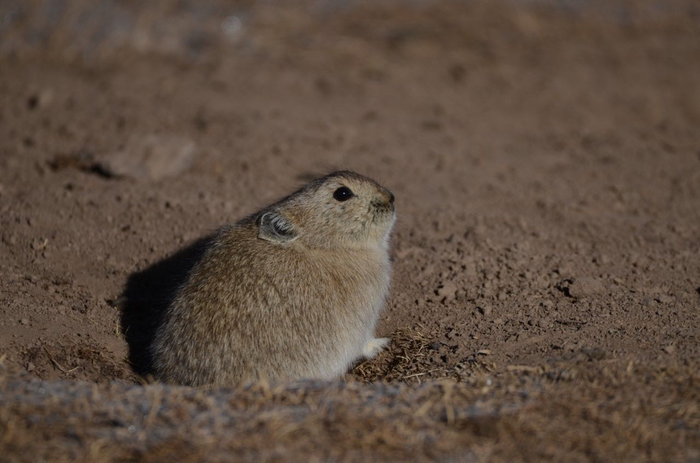In the land of clouds
the roof of the world
begins to creak,
its glistening canvas
stretched thin beneath
this heaven’s vault.
Mirrored lakes shimmer
like sapphires,
caught beneath an
ocean of grasslands
whose waves of jade
run red
with the consequential strength
of our empty,
false
convictions.
Rodents fall like lambs,
their lifeless forms
flooding vibrant fields
with questions
that refuse
to disappear.
Our oppressive interventions
now made plain
for all
to see.

This poem is inspired by recent research, which has found that current measures to protect grasslands in the Qinghai-Tibetan Plateau are damaging the ecosystem and should be stopped.
The Qinghai–Tibetan Plateau in central Asia has implemented a policy over the past four decades to eradicate burrowing mammals such as rodents. This policy was conceived under the assumption that these animals compete with livestock for food and cause grassland degradation. These assumptions, however, lack concrete theoretical or experimental evidence to back them up. Unravelling the mystery of these burrowing creatures, their role in keeping our grasslands thriving, and the potential fallout of their disappearance creates an ecological puzzle. Could their eradication unexpectedly tip the scales, disrupting sustainable livestock grazing and turning vibrant grasslands such as the Qinghai–Tibetan Plateau into barren grounds?
This new research challenges the existing eradication policy and uncovers counterintuitive findings. The study has revealed that these previous eradication attempts have actually led to a boom in the burrowing mammal population due to more food availability and fewer predators. Moreover, the study found that these mammals and livestock don’t share the same diet. Hence, eliminating these creatures promotes growth of plants they prefer, not the ones livestock do. The study proposes a different approach: instead of wiping out burrowing mammals, control their numbers using nature-friendly strategies. For instance, creating habitats for their natural predators and reducing over-grazing can encourage the growth of taller grass, which these mammals dislike. This way, we can keep grasslands healthy, sustain livestock grazing, and minimise human-wildlife conflicts.
I wonder if the authorities or scientists in Qinghai or Tibet have responded to this research…?
Poem is spot on Dr. Sam, thanks.
Thanks Moira!
And honestly I don’t know, but I would love to see what they think… 👍
Nice poem,
thank you 🙂